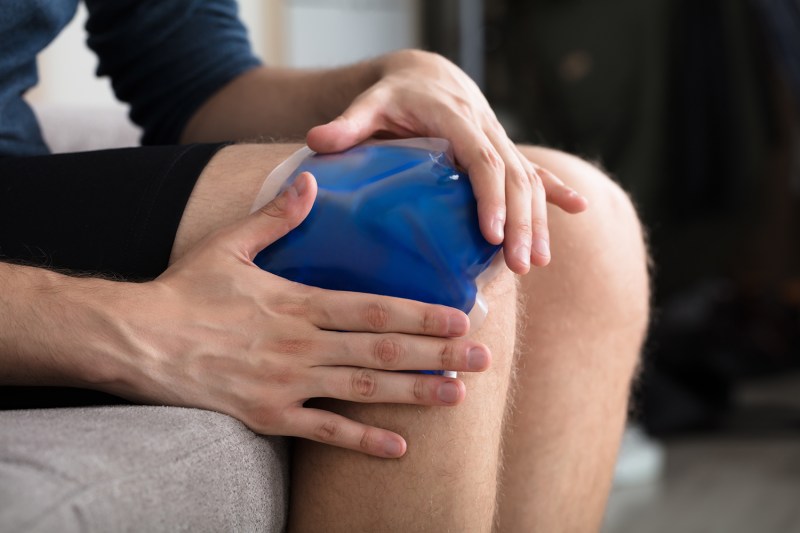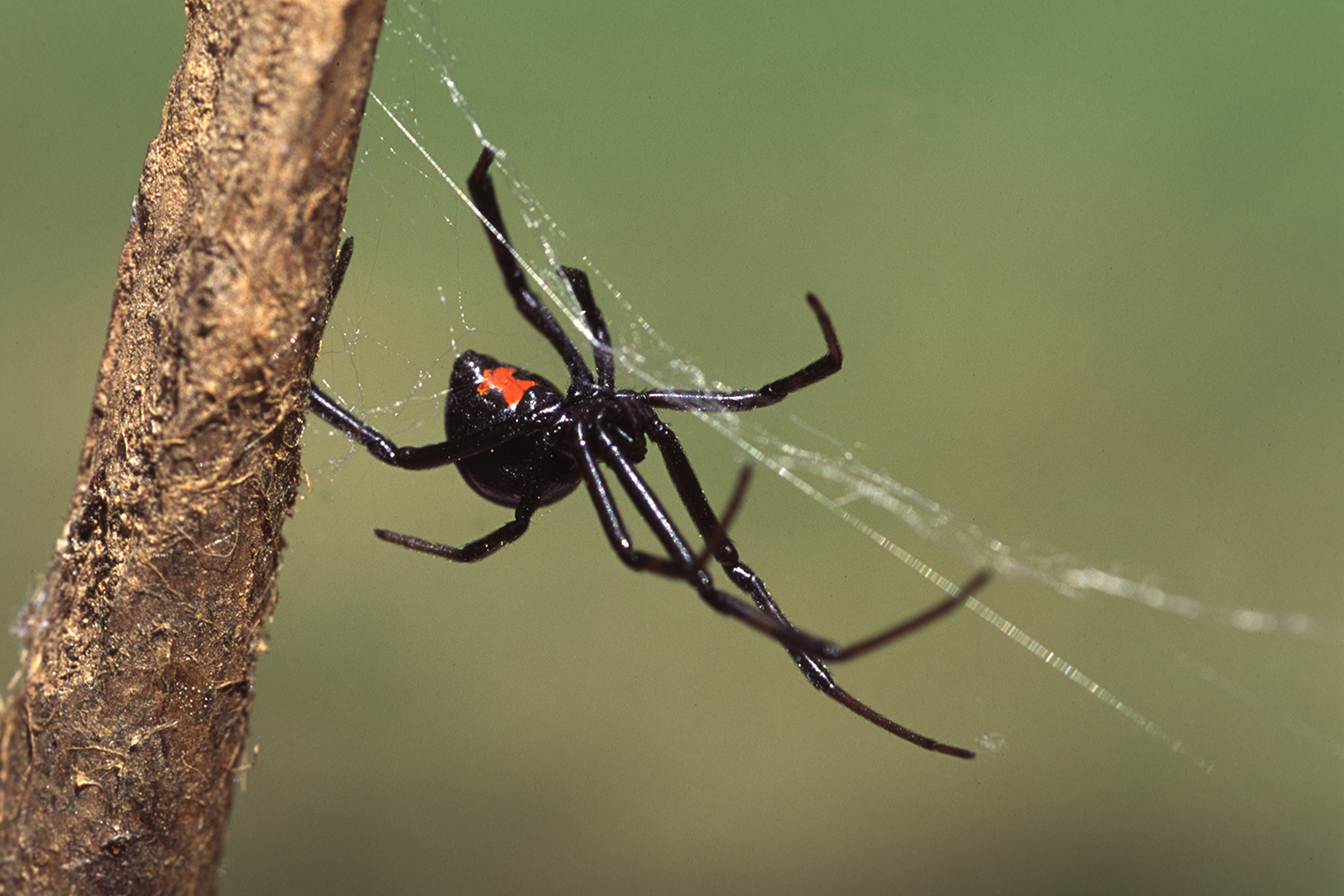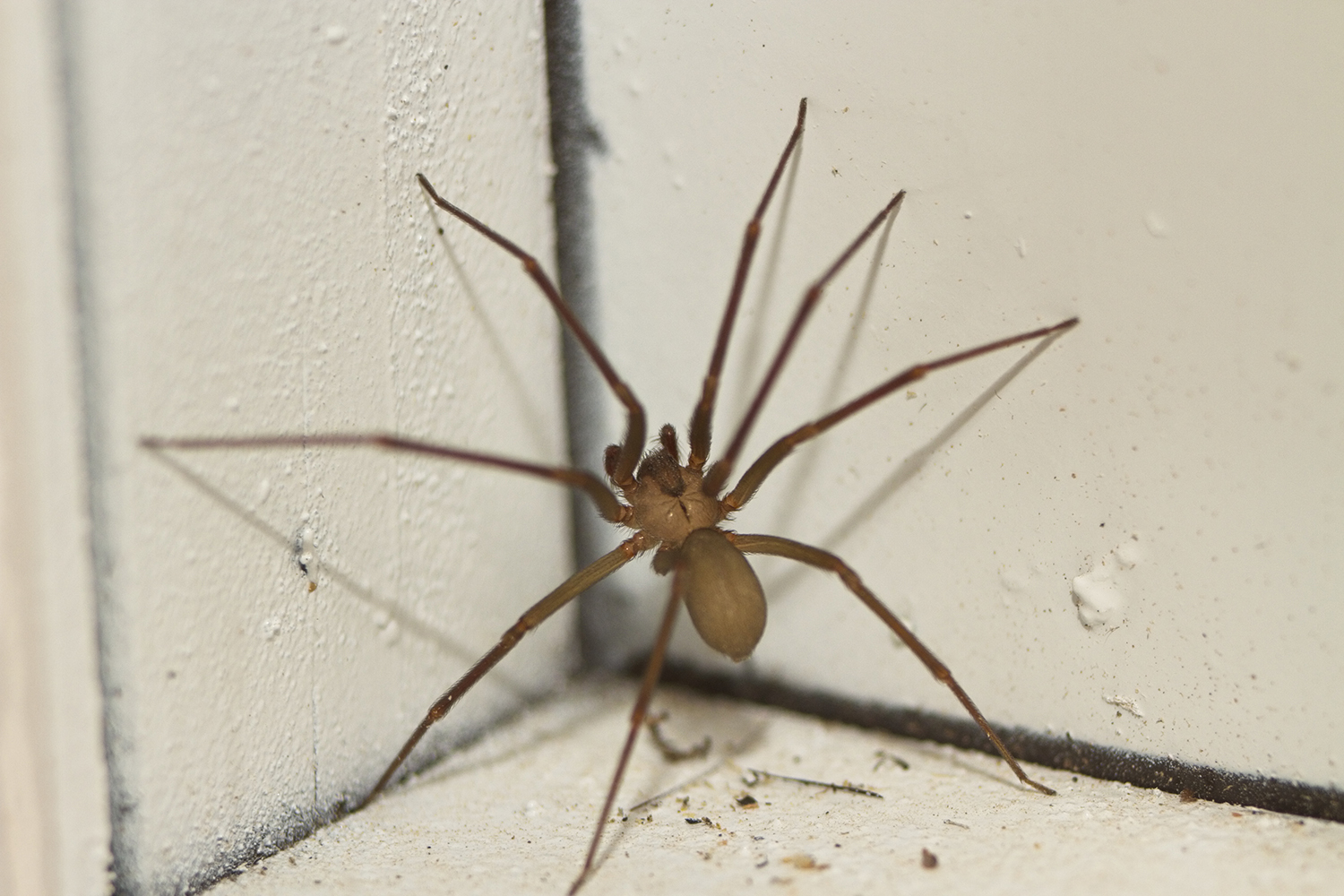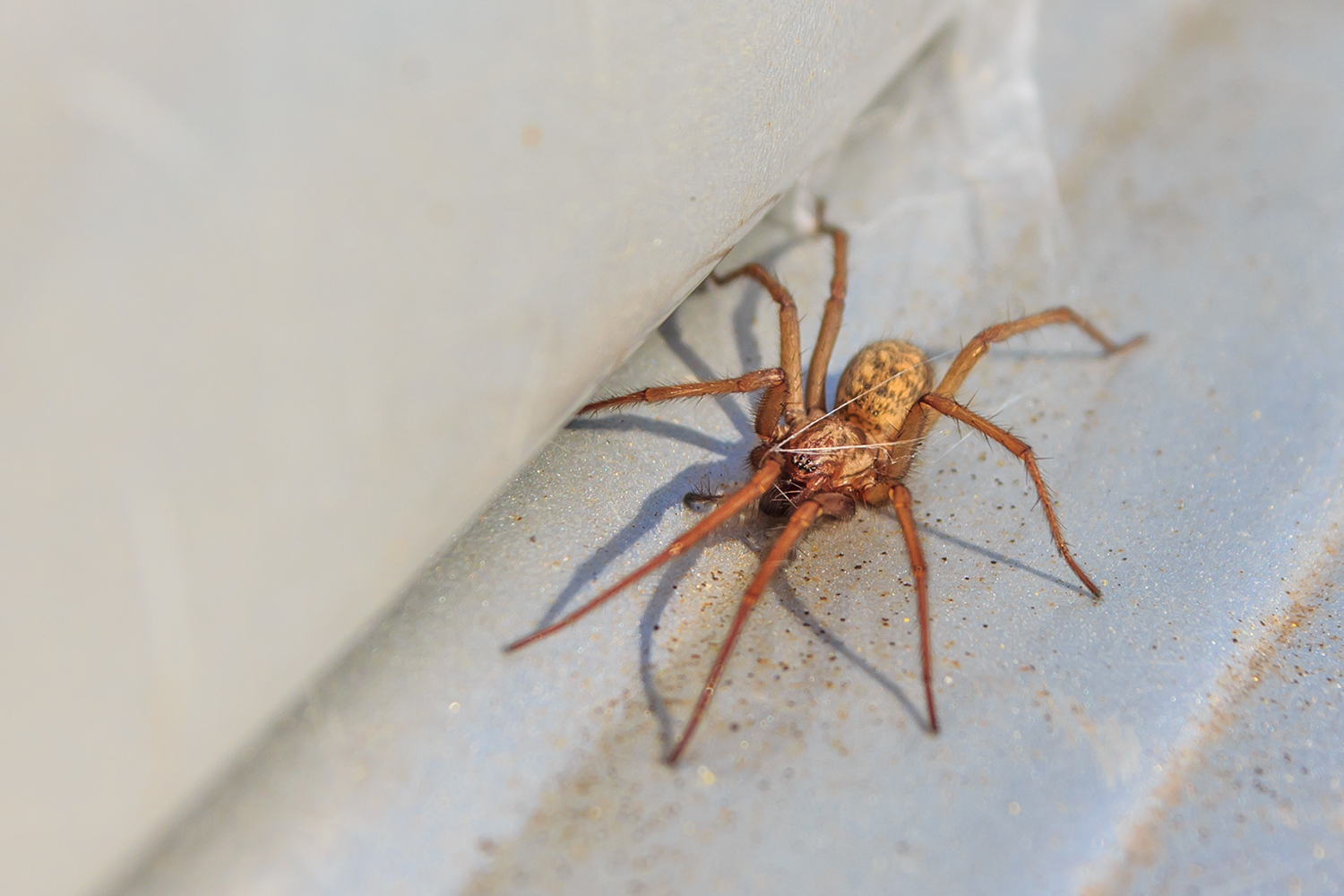In some parts of the world, it can seem like every critter is out to kill. Unless you live in Australia or the Amazon Rainforest, however, the odds of getting wounded fatally by wildlife are low. In North America, avid hunters should always take precautions to minimize bear and mountain lion encounters, while swimmers should be aware of shark attacks. Still, the likelihood of either is exceedingly rare. Insect and spider bites, however, are far more common. While the latter isn’t typically life-threatening, it’s worth knowing how to identify and treat a spider bite before it happens.
Know Your Arachnids
There are roughly 3,000 species of spider in the United States. The bad news is that they’re all venomous. The good news is that very few are toxic enough to humans to warrant a trip to the hospital or morgue. If bitten by a spider — especially a domestic one — the odds are good that you’ll only experience a few days of itching and minor irritation.
Only a handful of species are responsible for the majority of spider-related emergency room visits in the United States. Knowing which live in your neck of the woods is a critical first step in identifying and treating spider bites. The most common are:
- Black widow: Throughout North America, but most common in the western and southern U.S.
- Brown recluse: Prevalent in the Midwest and southern U.S. states.
- Hobo spider: Widespread in the Pacific Northwest.
What Do Spider Bites Look Like?
If you were “fortunate” to see the spider that bit you, consider yourself lucky. Clearly identifying the attacker makes treating your injury much easier. Unfortunately, it’s not always easy to distinguish spider bites from insect bites. Initial symptoms are usually mild and similar in both cases, including a raised, red welt, swelling, and itching. Sometimes, the actual puncture is visible.
Dangerous Warning Signs
What helps to narrow down the real cause are the ancillary symptoms. A serious venomous spider bite will often present with clear warning signs. It might seem obvious, but if you notice any of these symptoms in addition to skin irritation, get help immediately:
- Pain near the bite
- Muscle cramping or burning
- Difficulty breathing
- Headache
- Vomiting or nausea
- Fever with or without chills
- Severe rash
- High blood pressure
- Chest pain
- Swollen lymph glands
How to Treat a Spider Bite
Most nonvenomous spider bites can be treated at home as you would a typical insect bite and will heal within a week or so. Immediately clean the area with soap and water to stave off infection. Alternate applying an ice pack for 10 minutes at a time while keeping the bite elevated to reduce swelling. Pop an antihistamine (over-the-counter Benadryl will do) to minimize the itching. Finally, apply an antibiotic ointment to quicken the healing process.

If you’re bitten by any of the venomous spiders mentioned above, don’t attempt to treat the bite at home. Seek medical attention as soon as possible. Also, it goes without saying that, if you are allergic to any type of insect or spider bite, get to the E.R. immediately after an attack.
The Bottom Line
It’s important to keep the odds of getting bit by a spider in perspective. More Americans win the lottery each year than die from a bite. In January, Alabama.com reported:
“In the past decade, more than 300 people have been struck and killed by lightning in the United States, according to the National Oceanic and Atmospheric Association. During that same time, the grand total of U.S. deaths by brown recluse spider bite: one.”
Hell, even Jeff Daniels survived the most epic spider battle of all time. No matter what, though, always keep a well-stocked first aid kit in both your car and home.






